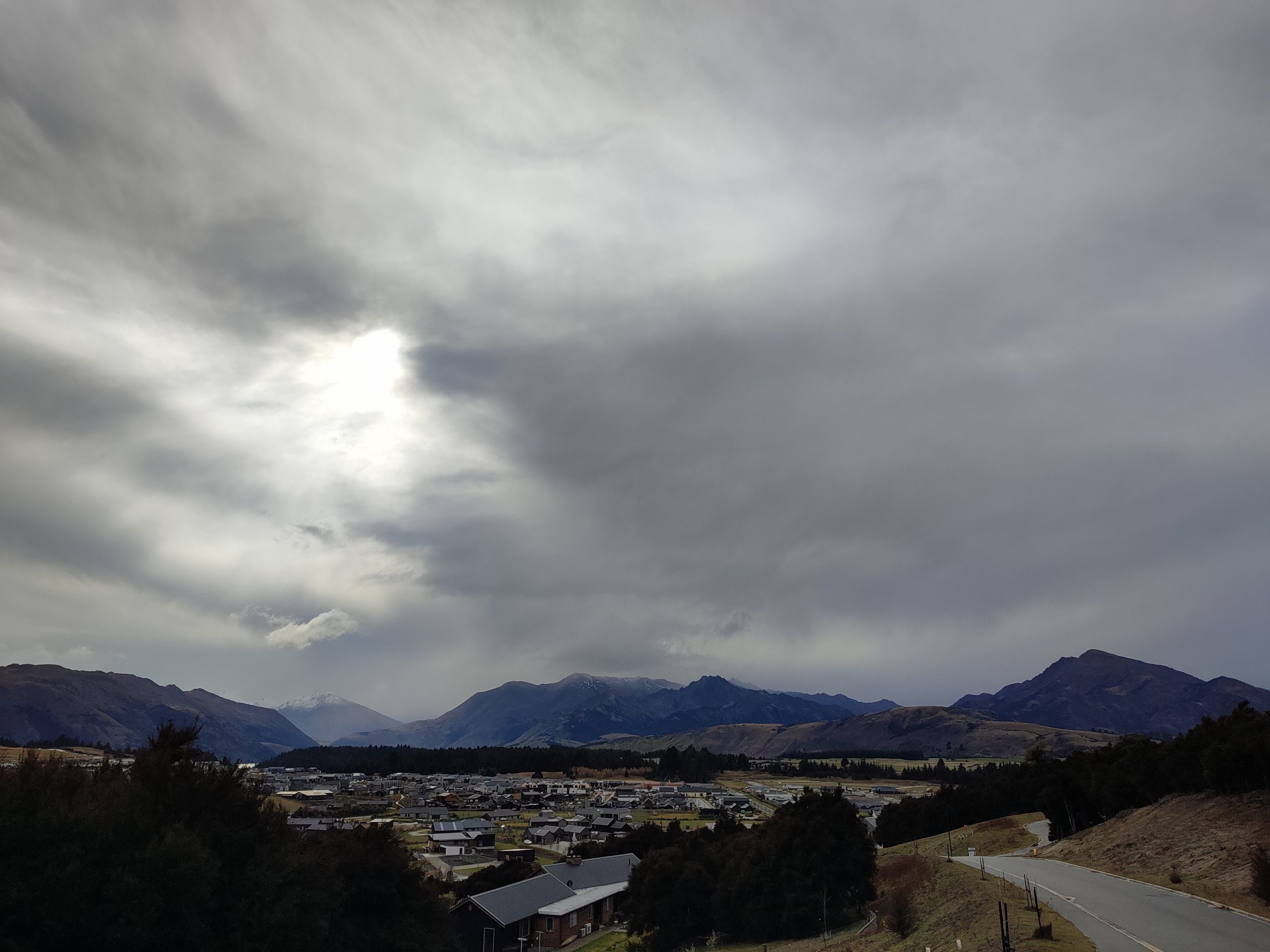MORE houses, more pressure on the Northlake traffic network and opening up vehicle access to Wanaka’s Sticky Forest could be on the cards if the Northlake Private Plan Change 54 is approved by a Queenstown Lakes District Council hearings panel.
Commissioners Richard Blakey and Rachel Dimery began considering plan change 54 in Wanaka last week. Their decision is due three weeks after the hearing closes.
Northlake Investments Ltd has applied to increase the housing yield in the Northlake Special Zone from 64 houses to 127, and also wants to build a road access to the boundary of Sticky Forest.
The forest is informally used as a mountainbiking park and is held in trust by Office of Maori Crown Relations — Te Arawhiti, on behalf of a 2000-strong group of Maori land successors.
Plan change 54 does not address the question of what development should or should not be enabled on the forest; that is subject to a separate planning process and also depends on what the eventual Maori landowners decide to do.
Te Arawhiti is still working on establishing a formal representative group to consult about the future of the forest.
The Queenstown Lakes District Council received 35 submissions before the hearing.
Representatives from Te Runanga o Ngai Tahu and the Office of Maori Relations gave evidence during the hearing.
Consultant urban planner Ian Munro was appointed by the council to prepare recommendations for the commissioners.
Some submitters wanted to withhold access to the forest so it could be retained as recreational and natural land, others preferred the council to lead the access issue, and yet more wanted the access determined either by plan change 54, a modified plan change or some other means, he said.
Some submitters also made calls for no more houses in the Northlake Special Zone, while others held concerns about adverse traffic or forestry effects and stormwater run-off.
However, there was no way of knowing what might be proposed for the forest, so “it is not possible to ascertain to any meaningful level of certainty what traffic and transportation impacts might result from the use and development of Sticky Forest within the [Northlake Special Zone]”.
Mr Munro recommended the commissioners approve plan change 54 with modifications, which would mitigate potential adverse effects on the Northlake road network.
Northlake was partly motivated to lodge plan change 54 because of interest from the Crown to provide access to the forest as part of ongoing Treaty settlement and redress.
Northlake had a fast-track consent for a retirement village that was conditional on sorting out access and infrastructure connections to the forest.
But the access deed was a separate matter and the commissioners did not have powers to consider it, Mr Munro said.
Providing access to the forest would be consistent with the Resource Management Act and enable the wellbeing of the land’s eventual owners.
Plan change 54 would also contribute to the Crown’s obligations to its Treaty partners.
In a supplementary report, Mr Munro noted expert witnesses “collectively seem to agree” plan change 54 should be approved, but disagreed about the level of modifications.
Northlake supported the iwi’s revised wording suggestions.
He did not agree with all iwisuggested amendments but could agree the forest road link could also be used as an infrastructure corridor.
Bike Wanaka spokesman Ewan Mackie said the forest contained a “world-class network of single trail mountainbike tracks”.
The club advocated for an outcome where the beneficial owners of the forest got financial recompense and the Wanaka community retained a recreational asset for the future.
While it opposed a road link that would enable future residential development of the forest, the club accepted the forest’s landlocked position was untenable and there should be a legal access point.
If a road access point was granted, it should be to service the site as rural land and forest and not for residential land use, he said.
The club was also concerned plan change 54 was being considered in isolation to a proposed appeal to the rezoning of the forest.
Its position was the issues should be integrated and considered in one package, Mr Mackie said.
Northlake resident Don McKay sought amenity and planting conditions.
He also called for low-density housing, a buffer zone fire break along the forest boundary and was concerned the 63 extra houses would put pressure on an already under-pressure stormwater system, that has been the subject of abatement notices from the Otago Regional Council.
The housing should be delayed until all steps had been taken to ensure the system had capacity for 63 more houses, he said.
Freshwater scientist Chris Arbuckle said the Northlake stormwater system was not compliant during high rainfall events, causing significant track damage and erosion in the Hikuwai Reserve and sedimentation runoff into the Clutha river.
Developer WFH Properties Ltd was concerned about increased pressure on the Northlake road network and sought a new roading connection via Peak View Ridge.
Peak View Ridge house owners have opposed WFH’s suggestion as it would have adverse effects on their properties.





